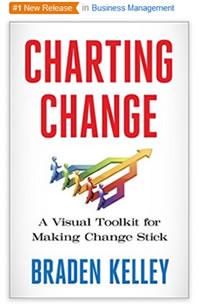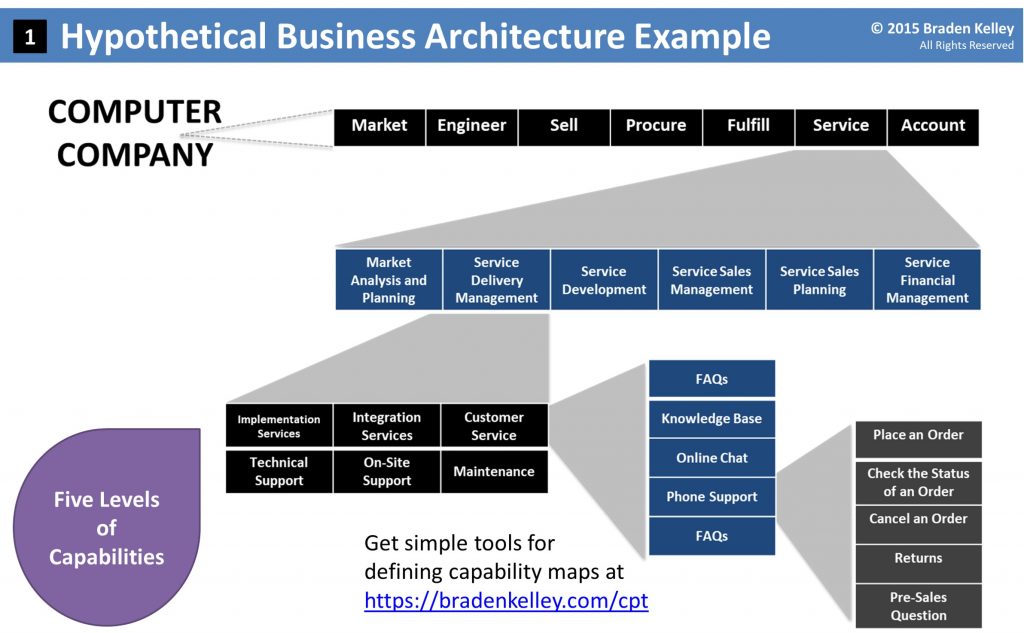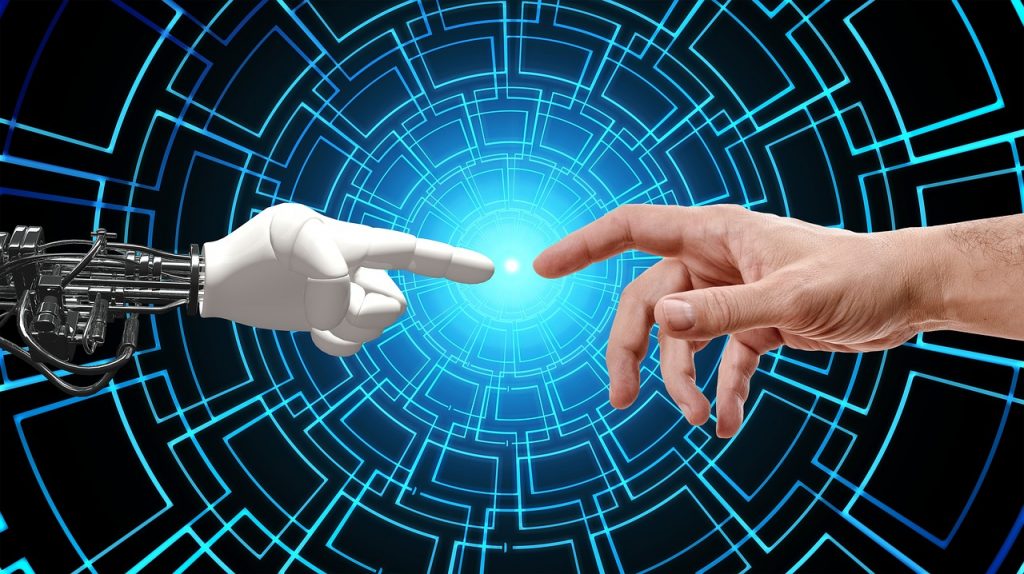
GUEST POST from Chateau G Pato
Change leadership is a vital aspect of any organization’s success. It involves guiding and influencing the strategic transformation within companies to ensure they remain competitive and relevant. Here, we explore the top five change leadership models that have proven effective in various organizational settings, accompanied by two case studies that illustrate these models in action.
1. Kotter’s 8-Step Change Model
Developed by Harvard Business School professor John Kotter, this model provides a comprehensive step-by-step approach to implementing successful change. It emphasizes the importance of creating a sense of urgency, forming a powerful coalition, and generating short-term wins to maintain momentum1.
2. Lewin’s Change Management Model
Kurt Lewin’s model is one of the founding frameworks of change management. It’s built on the concept that change involves three stages: Unfreezing, Changing, and Refreezing. This model is particularly useful for understanding the human aspect of change and the need for a structured approach1.
3. McKinsey’s 7-S Model
The McKinsey 7-S model focuses on seven internal elements of an organization that need to be aligned for successful change: Strategy, Structure, Systems, Shared Values, Skills, Style, and Staff. It’s a holistic approach that considers both hard and soft aspects of the organization1.
4. Braden Kelley’s Flow of Change Model v1.5
According to Braden Kelley, “achieving successful change is a complex undertaking, that we must make a more human process so that it is less overwhelming for those most affected by it and for change leaders and planners as well. Change Leaders can simplify change in certain ways, but they can’t make it simple.”
When you see his model in the best-selling book Charting Change (now in its Second Edition), you will notice that there are not three, but eleven different distinct stages to strike the proper balance between simplicity and complexity. Braden Kelley highlights in the model that the Disequilibrium stage is where many change efforts fail. According to Kelley, “The organization has begun ending the old way of doing things (and potentially even celebrated that ending) and has tried doing things the new way. This leads to a feeling of disequilibrium in most people as they determine whether the new way is better and decide whether they feel justified in continuing to resist the new way or whether to acclimate to doing things the new way.”
People who license the Change Planning Toolkit get access to the Flow of Change Model v1.5 Worksheet and the ability to track the Triple-T Metric (Time to Transform) over time for equivalent size change initiatives to see whether their change realization efficiency is accelerating or not across the eleven stages.
5. The Kubler-Ross Change Curve
Based on the stages of grief, this model applies the emotional journey to organizational change. It helps leaders understand employee resistance to change and the emotional transition needed to accept new ways of working.
Case Study 1: Adobe’s Transformation of HR Functions
Adobe’s shift from traditional software sales to a cloud-based subscription model required a significant change in their HR functions. They applied the 7-S framework to align their internal strategies and structures with their new business model, leading to a successful transformation.
Case Study 2: Barclays Bank’s Change in Business Practices
Barclays Bank underwent a major shift in its ways of doing business to adapt to the digital age. They utilized Lewin’s model to unfreeze old habits, introduce new digital banking practices, and refreeze the new processes into the company culture, resulting in improved customer satisfaction and operational efficiency.
Conclusion
Understanding and applying these change leadership models can significantly enhance a leader’s ability to steer their organization through the complexities of change. The case studies of Adobe and Barclays Bank serve as exemplary instances of how theoretical models can translate into practical success.
SPECIAL BONUS: Futurology is not fortune telling. Futurists use a scientific approach to create their deliverables, but a methodology and tools like those in FutureHacking™ can empower anyone to engage in futurology themselves.
Image credit: Pixabay
 Sign up here to get Human-Centered Change & Innovation Weekly delivered to your inbox every week.
Sign up here to get Human-Centered Change & Innovation Weekly delivered to your inbox every week.


![]() Sign up here to get Human-Centered Change & Innovation Weekly delivered to your inbox every week.
Sign up here to get Human-Centered Change & Innovation Weekly delivered to your inbox every week.










